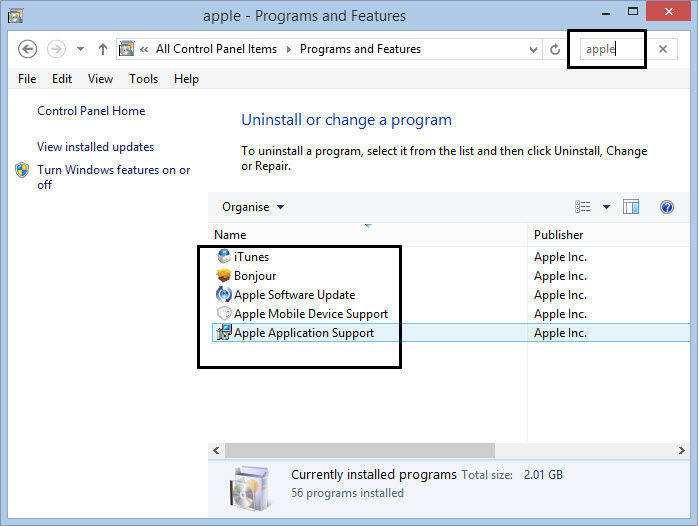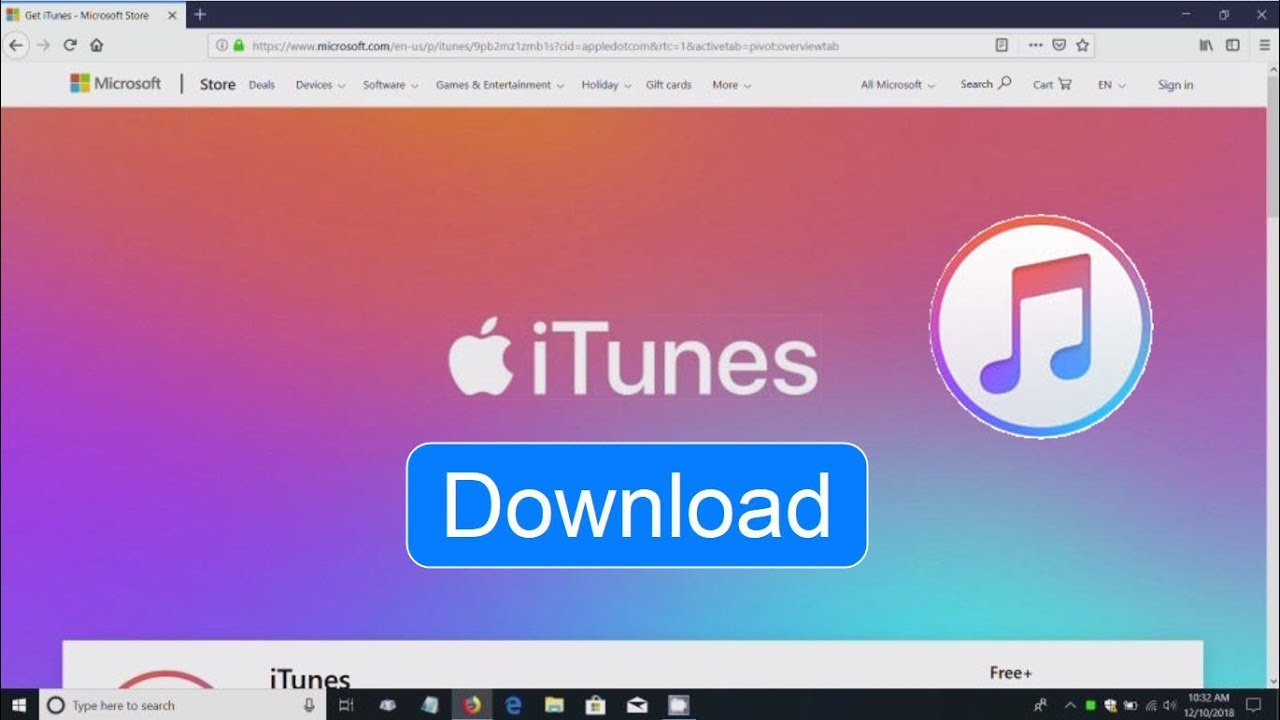

Install Apple Application Support – this is required because the Apple Mobile Device service will not start without it.Prepare the Sequencing VMīefore starting the Sequencer, the following steps must be completed: This will prevent the iTunes installer from automatically installing Software Update during sequencing.


Before copying the iTunes setup files into your sequencing VM, delete AppleSoftwareUpdate.msi and SetupAdmin.exe. It is important that Apple Software Update is not included in the App-V package – allowing the applications in the package to update will at best fail and at worst, most likely bloat the package if it were allowed to run after deployment. iTunes.msi – the iTunes installer itself.Bonjour.msi - iTunes uses Bonjour to find shared music libraries, to find AirPort Express devices for streaming music to, and to find Apple TVs.This installer includes the drivers for Apple’s devices AppleMobileDeviceSupport.msi – required for Apple mobile device support (iPhone, iPad etc.).AppleApplicationSupport.msi – all Apple applications on Windows require this as a dependency.AppleSoftwareUpdate.msi – Software Update is used to download and Apple software and updates.SetupAdmin.exe – the setup wrapper application.To virtualize iTunes, you’ll need to extract the installer - simply run the installer and find the extracted MSI files in a folder under %TEMP%. A lack of the Jumpt List under Windows 7 changed the user experience. Previously delivering iTunes 10 with App-V 4.6, resulted in some loss of functionality and some minor annoyances with benign error messages.

iTunes 11 looks great, but is it just lipstick on a pig? Under the hood, it doesn’t appear to differ that much from previous versions, but lets see whether a combination of Apple’s latest and greatest along with App-V 5 offers a better virtualisation experience. Two recent releases presents an opportunity to revisit the state of virtualizing Apple iTunes.


 0 kommentar(er)
0 kommentar(er)
